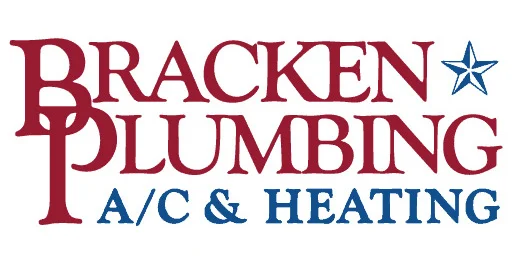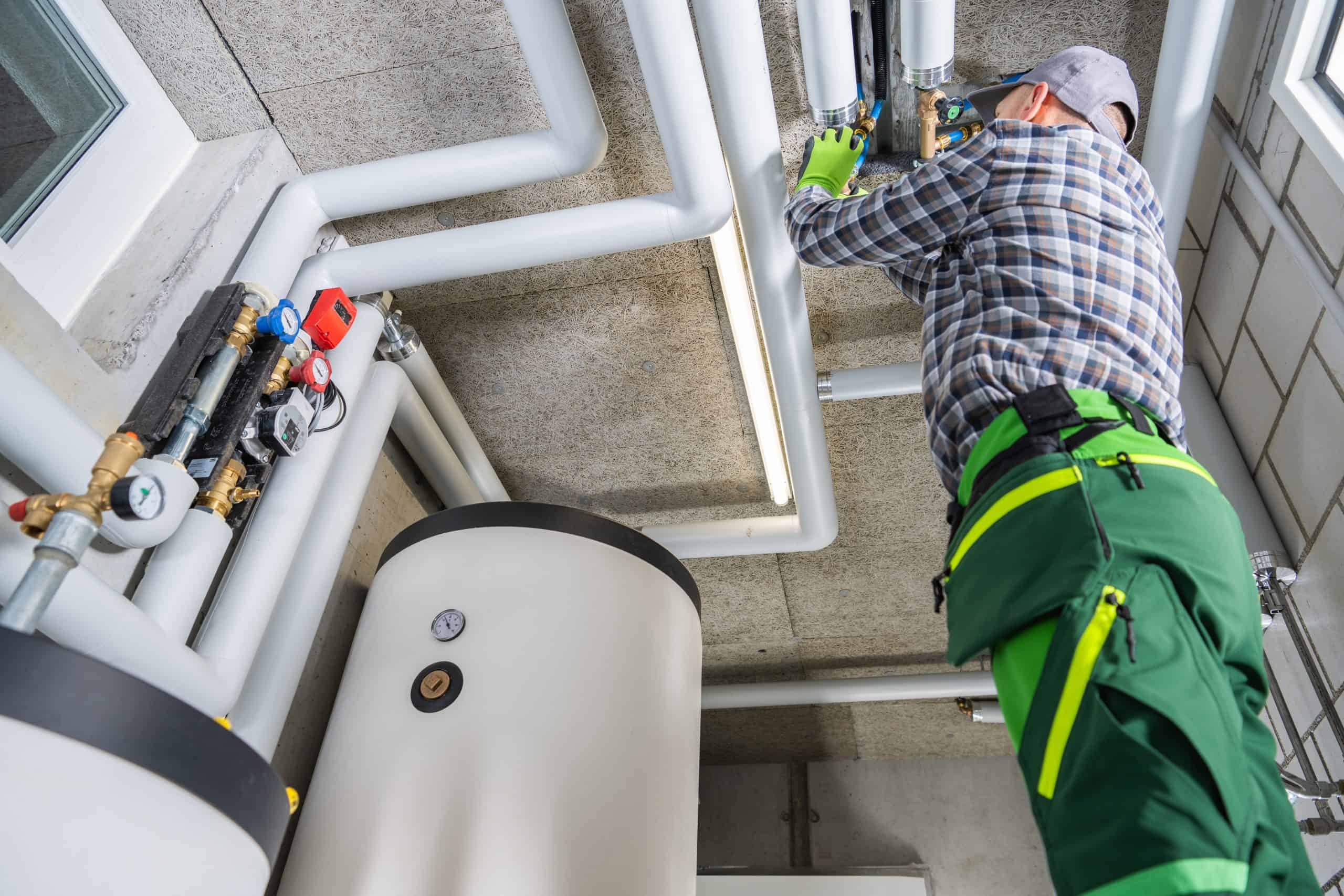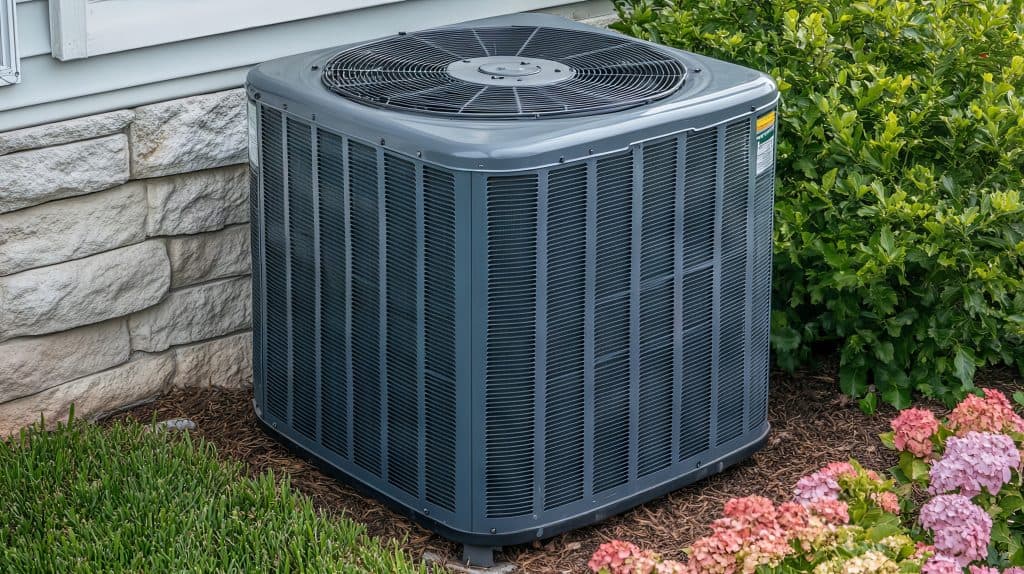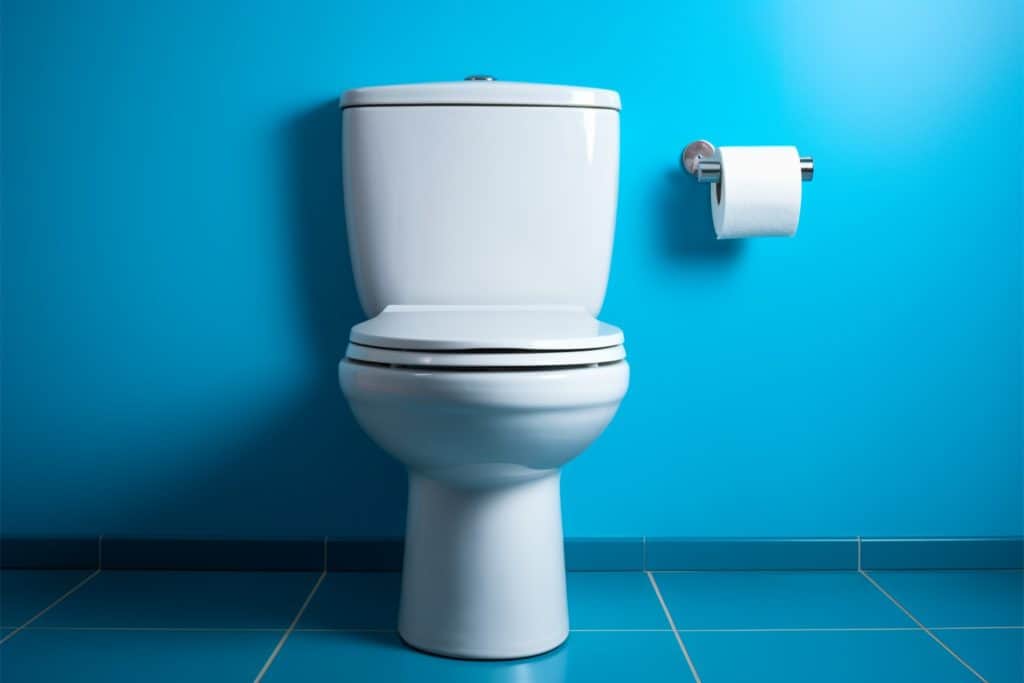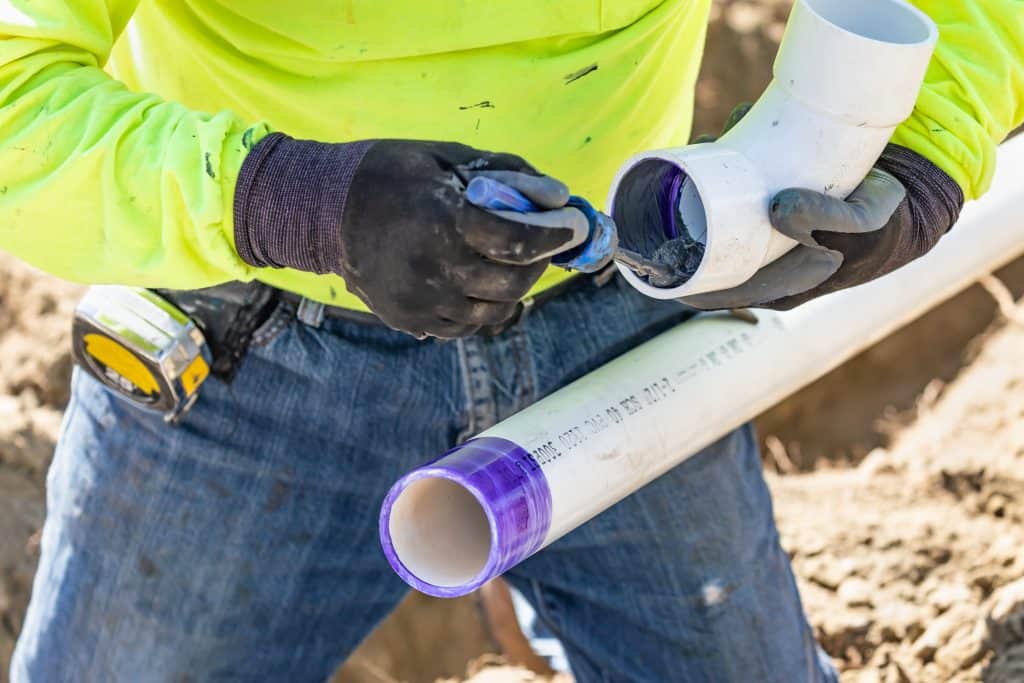Ensuring the safety of your home’s water supply is crucial for every homeowner. In San Antonio, where the climate and infrastructure can pose unique challenges, backflow preventers play a critical role in maintaining safe and clean water. These devices are designed to keep contaminants from entering your home’s water, safeguarding against potential health hazards. Understanding how backflow preventers work and why they are essential can help you protect your household from unforeseen water quality issues.
Backflow preventers are devices that stop the reverse flow of water, which can occur when there is a sudden drop in water pressure. This reverse flow can pull contaminants from the ground or other sources into your clean water supply. Without these devices, your home could be at risk of water contamination, leading to health risks for your family. Regular backflow testing in San Antonio TX ensures that these preventers are functioning correctly, providing peace of mind and safety.
This article will explore the necessity of backflow preventers and the importance of regular testing to maintain water safety standards. We will delve into how these devices work, the potential risks of not having them, and why testing is vital for residents of San Antonio. By the end, you’ll understand how to better protect your home’s water supply and ensure compliance with local regulations.
Understanding Backflow Preventers
Backflow preventers are essential components of your home’s plumbing system. These devices work by allowing water to flow in only one direction, preventing any contaminated water from reversing into your clean water supply. They are typically installed at cross-connections within your plumbing system, such as where the drinking water supply meets a potential source of contamination.
Without backflow preventers, your home is vulnerable to various risks. Contaminants like pesticides, fertilizers, and even harmful bacteria can enter your water supply if the pressure in the system drops unexpectedly. This can happen during events like water main breaks or when firefighters use a hydrant nearby. The consequences of such contamination can range from minor illnesses to severe health threats, making the installation of backflow preventers a critical safety measure.
These devices are not just about protection; they are about prevention. By stopping contaminants before they enter your water supply, backflow preventers maintain the integrity of your drinking water.
Why Backflow Testing is Essential
Regular backflow testing is indispensable for maintaining the safety and quality of your home’s water supply. In San Antonio, where regulations mandate periodic testing, ensuring compliance not only protects your family but also aligns with local laws. This testing process involves checking the functionality of backflow preventers, ensuring they effectively block contaminants from entering your water system.
City regulations require homeowners to conduct backflow testing regularly, emphasizing its importance in public health. By adhering to these regulations, residents can avoid potential fines and, more importantly, prevent health risks associated with contaminated water. Testing involves a thorough inspection and assessment of the backflow preventers to ensure they are operating correctly and efficiently.
In San Antonio, stories abound of homeowners who discovered the importance of regular testing the hard way. Instances of water contamination have highlighted the critical role of backflow testing in protecting our water supply. Embracing eco-friendly plumbing solutions further enhances this protection, ensuring sustainable practices are part of your home’s plumbing maintenance.
The Essential Role of Backflow Preventers and Testing for San Antonio HomesSecuring your water supply is a pressing need. Backflow preventers are key players in this mission. They stop potentially harmful water from flowing back into your home’s clean supply. Regular testing for these devices is crucial to maintaining safety. Here are important facts about backflow preventers and their significance for San Antonio homes.
For comprehensive insights, visit the home plumbing guide for a deeper understanding of plumbing systems. |
Signs You Need Backflow Testing
Backflow issues can compromise your home’s water quality, so it’s crucial to recognize the signs that suggest testing is needed. One common indicator is a sudden change in water pressure. If you notice that the water pressure in your faucets or showers has decreased significantly, it might be time to consider backflow testing. This change could signal a problem within your plumbing system that needs attention.
Another sign to watch for is discolored water. If your water appears rusty or has an unusual color, this could indicate contamination caused by backflow. Such contamination poses a health risk, making timely testing essential to ensure the safety of your water supply. Similarly, an unusual taste or odor in your water can also suggest that backflow has occurred, necessitating immediate testing.
Ignoring these warning signs can lead to more severe plumbing problems. By addressing these issues early through regular testing, you can prevent potential hazards and maintain a safe home environment. For more tips on maintaining your plumbing system, visit our plumbing maintenance page.
How Backflow Preventers Enhance Water Safety
Backflow preventers play a vital role in maintaining the safety of your household water supply. These devices are designed to stop contaminants from entering your clean water, thus protecting against potential health hazards. By preventing water from flowing backward into the main supply, backflow preventers ensure that pollutants and impurities remain out of your drinking water.
The benefits of these devices extend beyond just keeping your water clean. They also protect against potential contamination from external sources, such as chemicals from lawn fertilizers or pesticides. This added layer of protection is crucial for households that rely on municipal water supplies, where cross-connections can introduce unknown contaminants.
Should a failure occur, immediate attention is necessary to prevent health risks. In such cases, professional plumbing repair services can address the issue promptly, restoring your water’s safety and integrity.
Integrating Backflow Preventers in New Builds
Incorporating backflow preventers into new constructions is a proactive measure that enhances long-term water safety. During the planning stages of a new build, collaborating with experienced plumbers ensures that backflow preventers are installed correctly and efficiently. This integration not only safeguards the water supply but also complies with local building codes and regulations, which often mandate their use.
Homeowners and builders can benefit from consulting with plumbing professionals who specialize in piping and re-piping services. These experts can advise on the most suitable types of backflow preventers for the specific needs of a new home, ensuring optimal protection against contamination.
By including these devices in the initial construction phase, homeowners can avoid costly retrofits and potential water safety issues down the line. This foresight not only protects the household but also enhances the property’s overall value and appeal.
Addressing Common Myths About Backflow
There are several myths surrounding backflow preventers that can lead to misunderstandings about their importance and functionality. One common misconception is that backflow preventers are only necessary for commercial properties. In reality, residential homes are equally at risk of contamination, making these devices essential for all water systems.
Another myth is that backflow testing is a one-time requirement. In truth, regular testing is crucial to ensure that the preventers function correctly and continue to protect the water supply. Neglecting this maintenance can lead to undetected failures and potential health risks.
It’s also mistakenly believed that backflow preventers can handle any kind of blockage or contamination. While they are highly effective, these devices should be part of a comprehensive plumbing strategy that includes routine inspections and maintenance. For more details on common plumbing issues and prevention, explore our guide on residential plumbing problems.
FAQs on Backflow Preventers
This FAQ section aims to answer common questions about backflow preventers and testing. It’s a handy guide for San Antonio homeowners seeking to protect their water supply.
What are backflow preventers?
Backflow preventers are devices that stop contaminated water from flowing back into clean water supplies. They keep harmful substances out of your home’s water system.
How often should backflow testing be conducted in San Antonio?
It is recommended to have backflow testing done at least once a year. Regular tests ensure your home stays compliant with local safety regulations and prevents contamination.
What are the consequences of backflow contamination?
Backflow contamination can introduce pollutants into your drinking water. It poses serious health risks to you and your family, potentially causing illnesses.
Can I test my backflow preventers myself?
Testing backflow preventers is complex and requires professional expertise. DIY attempts can lead to incorrect results. Read more about DIY versus professional services for further insights.
Is backflow testing mandatory in San Antonio?
Yes, backflow testing is mandatory in San Antonio. Compliance helps ensure the safety of the community’s water supply.
Guarding Your Home’s Water: Essential Measures
Backflow preventers are more than just another device in your plumbing system. They act as a critical shield protecting the quality of your water. As we have explored, the risk of backflow contamination can pose serious health hazards. These preventers stand as a first line of defense against such threats. In bustling San Antonio, where regulations demand compliance, they are not just an option but a necessity.
Regular backflow testing is the commitment you make to ensure this line of defense remains strong. It is not merely about ticking a regulatory box. It is about safeguarding your family’s health and peace of mind. Testing identifies weak points before they become failures, thus ensuring your water remains safe and clean.
Professional plumbing services play a vital role here. They bring expert knowledge and tools to maintain and test these systems properly. It’s not just about fixing leaks or unclogging drains. It’s about understanding the entire ecosystem of your home’s plumbing and keeping it in top condition. For those recognizing the need for professional help, the signs for needing expert services can guide you in making informed choices.
As you consider backflow preventers and testing, remember the broad impact they have. They not only prevent contamination but also ensure your home adheres to local standards. Investing in them and regular testing signifies commitment to both safety and compliance. It emphasizes the importance of partnering with skilled plumbers who understand the intricacies of these systems.
Secure Your Home’s Future
Investing in backflow preventers and diligent testing is a wise commitment to your home’s future. It is a proactive step towards ensuring your household remains safe from the unseen dangers that can lurk in water systems. By taking action now, you are not only complying with regulations but also making a pledge to your family’s health and wellbeing.
For those who have not yet taken this step, consider reaching out to professionals who can guide you through the process. Don’t wait until problems arise. The safety of your water is too important to leave to chance. Taking action today can prevent headaches and health issues tomorrow. If you are ready to protect your home, consider reaching out to the experts for guidance and support. For immediate concerns or assistance, you can access emergency plumbing services for prompt help.
Are you prepared to safeguard your home’s water supply? Make the call and take the first step toward peace of mind. For more information or to schedule a consultation, please contact us today. Your home, your water, your safety—ensure they’re in the right hands.
